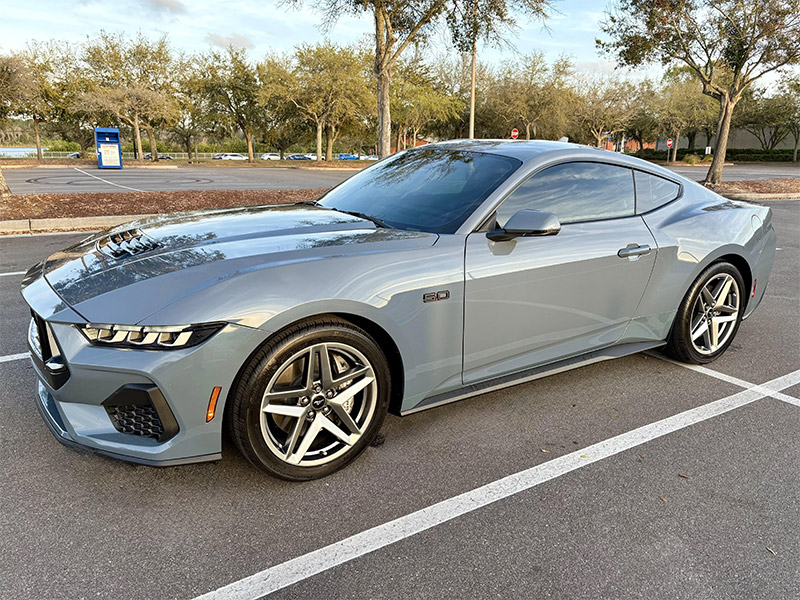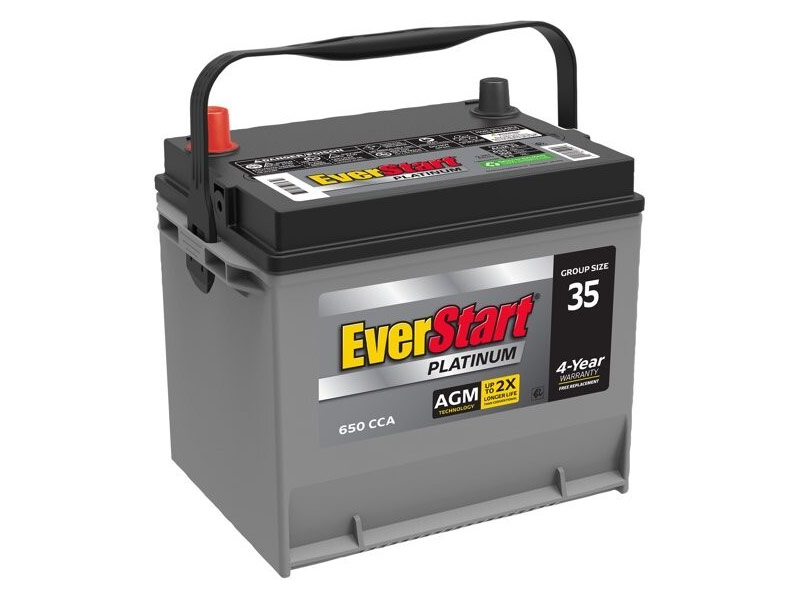
The automotive industry has undergone dramatic changes over the past few decades, with manufacturers now offering warranties that stretch 10 years or more—far beyond the typical 3-year coverage of previous generations. But does this extended warranty period actually reflect superior quality, or does it tell a different story about modern vehicle reliability?
The Warranty Paradox
At first glance, longer warranties seem like a clear indicator of manufacturer confidence in their products. When Hyundai introduced its 10-year, 100,000-mile powertrain warranty in the late 1990s, it was seen as a bold statement about build quality. Other manufacturers followed suit, with some now offering coverage periods that would have been unthinkable in the 1970s or 1980s.
However, the relationship between warranty length and actual quality is more complex than it appears. Extended warranties often serve as marketing tools designed to overcome consumer skepticism about reliability, particularly for newer brands or models with unproven track records.
Where Modern Cars Excel
Modern vehicles demonstrate clear superiority in several key areas. Engine technology has advanced significantly, with computer-controlled fuel injection, variable valve timing, and sophisticated engine management systems delivering better fuel economy and lower emissions while maintaining performance. The average car today can easily surpass 200,000 miles with proper maintenance—a milestone that required exceptional care and luck in earlier decades.
Safety represents perhaps the most dramatic improvement. Modern cars feature crumple zones, multiple airbags, anti-lock brakes, electronic stability control, and increasingly sophisticated driver assistance systems. A basic economy car today offers protection that surpasses luxury vehicles from the 1980s.
Manufacturing precision has also improved substantially. Computer-controlled assembly lines, better quality control processes, and advanced metallurgy have reduced manufacturing defects and improved consistency across production runs.
The Complexity Trade-off
Despite these advances, modern cars face significant challenges that older vehicles didn’t encounter. Today’s vehicles contain dozens of electronic control units, sensors, and computerized systems that can fail in ways that purely mechanical systems cannot. A modern car might have more lines of software code than a fighter jet, creating potential failure points that simply didn’t exist in simpler vehicles.
This complexity often translates to higher repair costs and the need for specialized diagnostic equipment. When a 1985 Toyota Camry breaks down, a skilled mechanic can often diagnose and fix the problem with basic tools. When a 2020 Camry experiences issues, it might require computer diagnostics and specialized training to identify problems within its interconnected systems.
Build Quality vs. Perceived Quality
The materials used in modern cars often create a perception of lower quality, even when the opposite is true. Plastic components that would have been metal in older cars are frequently lighter, more corrosion-resistant, and better suited to their intended purpose. However, they may feel less substantial to consumers accustomed to the heft of older vehicles.
Interior materials represent a particular challenge. While modern cars often feature better ergonomics and functionality, the tactile experience may seem less premium than older vehicles with their heavy switches and solid-feeling controls, even when the modern components are more durable and reliable.
The Maintenance Factor
Older cars required more frequent maintenance but were generally more tolerant of neglect. A 1970s vehicle might need tune-ups every 30,000 miles, but it could often continue running even when poorly maintained. Modern cars can go 100,000 miles or more between major services, but they’re often less forgiving when maintenance is skipped.
This creates a paradox where modern cars are simultaneously more reliable and more fragile. They’ll run longer with proper care but may fail more catastrophically when that care is absent.
The Verdict
Modern cars are generally superior to older vehicles in almost every measurable way. They’re safer, more fuel-efficient, cleaner, and when properly maintained, more reliable over their intended lifespan. The extended warranties often reflect this confidence in long-term durability.
However, the increased complexity of modern vehicles means that when things do go wrong, repairs can be more expensive and complicated. The electronic systems that make modern cars so capable also represent potential failure points that didn’t exist in simpler vehicles.
The perception that older cars were “built better” often stems from survivorship bias—we remember the well-maintained classics that are still running today, not the countless vehicles that rusted away or broke down irreparably decades ago. A modern car that receives the same level of care and attention as a cherished classic will likely outlast and outperform its predecessor in every category except perhaps the intangible quality of character and simplicity.
Extended warranties, therefore, represent both genuine confidence in modern engineering and a recognition that today’s vehicles require different approaches to reliability and maintenance. They’re not just marketing gimmicks, but acknowledgments of the complex reality of modern automotive technology—better in most ways, but requiring more sophisticated support systems to reach their full potential.

